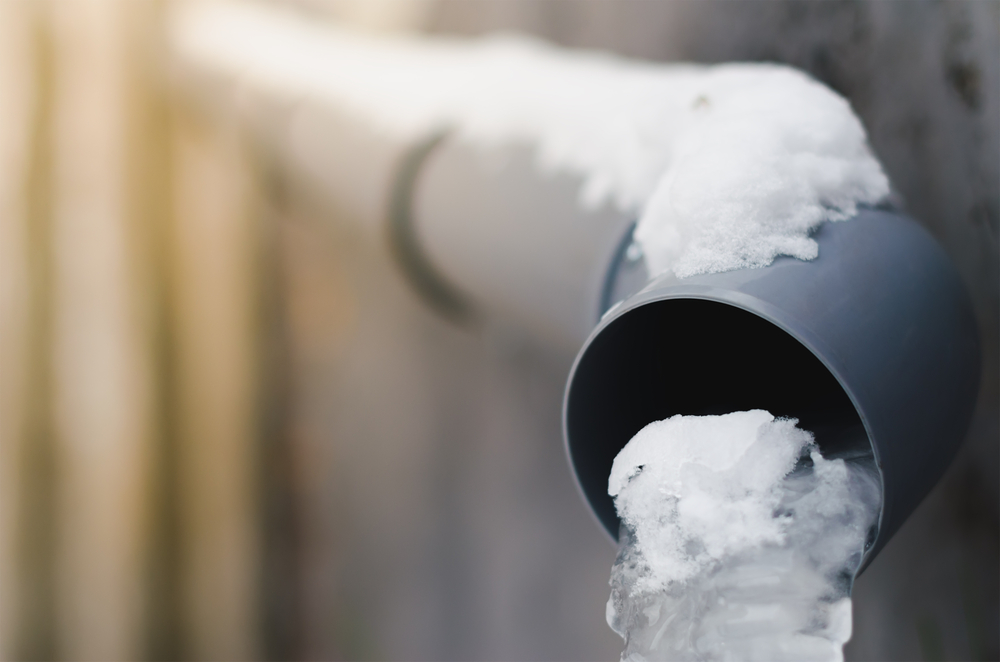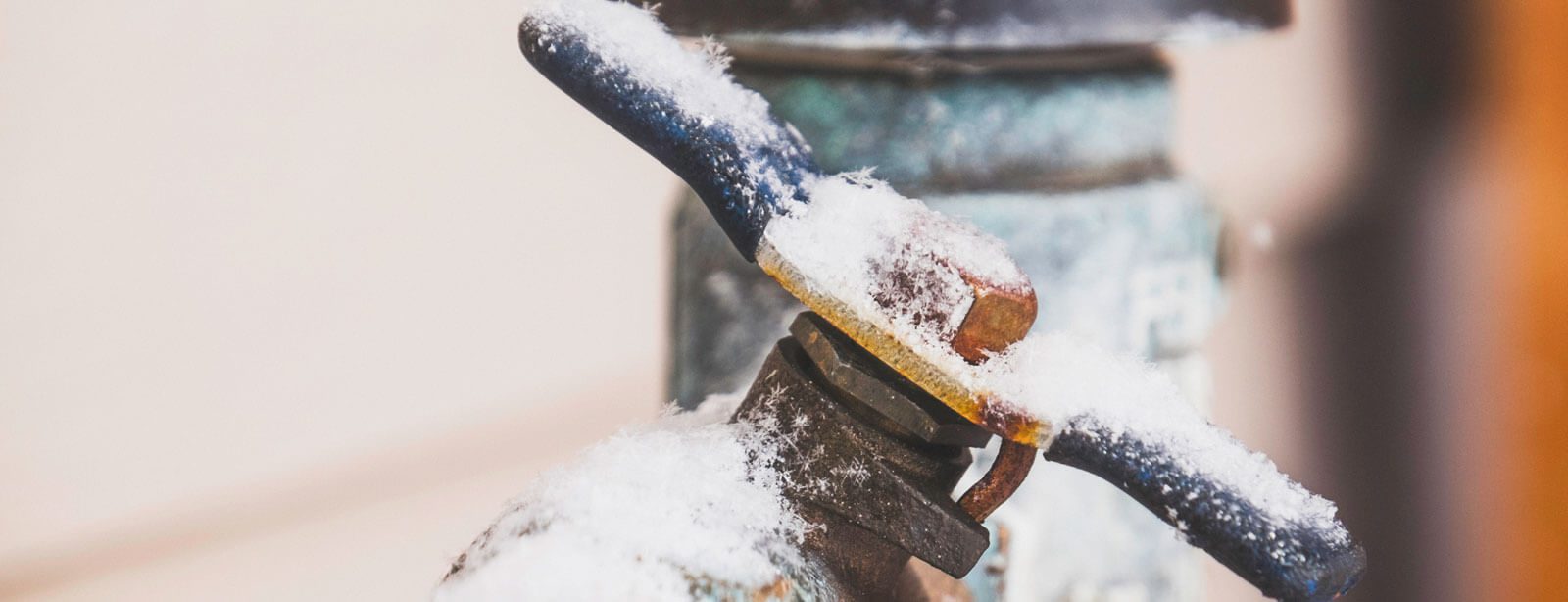Crucial Advice to Avoid Frozen Pipes in Cold Weather
Crucial Advice to Avoid Frozen Pipes in Cold Weather
Blog Article
They are making several good annotation relating to Winter Plumbing Precautions: Preventing Frozen Pipes in general in this content followed below.

Cold weather can damage your plumbing, specifically by freezing pipelines. Right here's just how to stop it from taking place and what to do if it does.
Intro
As temperatures decline, the danger of icy pipes rises, possibly leading to pricey repairs and water damages. Comprehending how to stop frozen pipes is crucial for house owners in cold climates.
Comprehending Icy Pipelines
What creates pipelines to ice up?
Pipelines freeze when subjected to temperature levels listed below 32 ° F (0 ° C) for expanded durations. As water inside the pipelines ices up, it increases, taxing the pipe walls and potentially causing them to burst.
Threats and problems
Icy pipelines can bring about water supply disturbances, building damages, and pricey fixings. Ruptured pipes can flood homes and create considerable structural damage.
Indicators of Frozen Water Lines
Identifying icy pipes early can stop them from rupturing.
How to determine icy pipelines
Seek decreased water flow from faucets, uncommon smells or noises from pipes, and visible frost on subjected pipelines.
Prevention Tips
Insulating prone pipes
Wrap pipelines in insulation sleeves or make use of warmth tape to safeguard them from freezing temperature levels. Concentrate on pipes in unheated or exterior areas of the home.
Heating methods
Keep indoor spaces sufficiently heated, specifically areas with pipes. Open up cupboard doors to allow warm air to flow around pipes under sinks.
Shielding Outdoor Pipes
Yard hoses and outside faucets
Separate and drain yard pipes before winter season. Install frost-proof spigots or cover outdoor taps with shielded caps.
What to Do If Your Pipes Freeze
Immediate activities to take
If you suspect icy pipelines, keep taps available to alleviate stress as the ice thaws. Utilize a hairdryer or towels taken in hot water to thaw pipes gradually.
Long-Term Solutions
Architectural adjustments
Take into consideration rerouting pipelines away from exterior wall surfaces or unheated locations. Include extra insulation to attics, cellars, and crawl spaces.
Upgrading insulation
Invest in top notch insulation for pipelines, attic rooms, and wall surfaces. Proper insulation assists maintain constant temperature levels and decreases the risk of frozen pipes.
Verdict
Avoiding icy pipes needs aggressive measures and quick reactions. By comprehending the reasons, signs, and preventive measures, home owners can shield their pipes throughout winter.
6 Proven Ways to Prevent Frozen Pipes and Protect Your Home
Disconnect and Drain Garden Hoses
Before winter arrives, start by disconnecting your garden hoses and draining any remaining water. Close the shut-off valves that supply outdoor hose bibs and leave the outdoor faucet open to allow any residual water to drain. For extra protection, consider using faucet covers throughout the colder months. It’s also important to drain water from any sprinkler supply lines following the manufacturer’s directions.
Insulate Exposed Pipes
Insulating your pipes is an effective way to prevent freezing. Pipe insulation is readily available at home improvement stores and is relatively inexpensive. Pay close attention to pipes in unheated areas such as the attic, basement, crawl spaces, or garage. Apply foam insulation generously to create a buffer against the cold. You can also wrap your pipes in heat tape or thermostat-controlled heat cables for added warmth.
Seal Air Leaks
Inspect your home for any cracks or openings that could let in cold air. Seal any holes around the piping in interior or exterior walls, as well as the sill plates where your home rests on its foundation. Additionally, make sure to keep your garage door closed unless you’re entering or exiting. Leaving it open creates a significant air leak that can lead to frozen pipes.
Allow Warm Air Circulation
During cold snaps, it’s essential to allow warm air to circulate evenly throughout your home. Leave interior doors ajar to promote better airflow. Open kitchen and bathroom cabinets to help distribute heat consistently around the rooms. If you have small children or pets, be sure to remove any household chemicals or potentially harmful cleaners from open cabinets for safety.
Let Faucets Drip
A small trickle of water can make a big difference in preventing ice formation inside your pipes. When temperatures drop significantly, start a drip of water from all faucets served by exposed pipes. This continuous flow helps prevent the water from freezing. Additionally, running a few faucets slightly can relieve pressure inside the pipes, reducing the chances of a rupture if the water inside does freeze.
https://choateshvac.com/6-proven-ways-to-prevent-frozen-pipes-and-protect-your-home/

Hopefully you enjoyed reading our article about Prevent Frozen Pipes . Thank you for taking the time to browse our content. Are you aware of another individual who is fascinated about How to Prevent Your Pipes From Freezing? Do not hesitate to share it. Thanks a bunch for your time. Revisit us soon.
Phone Report this page